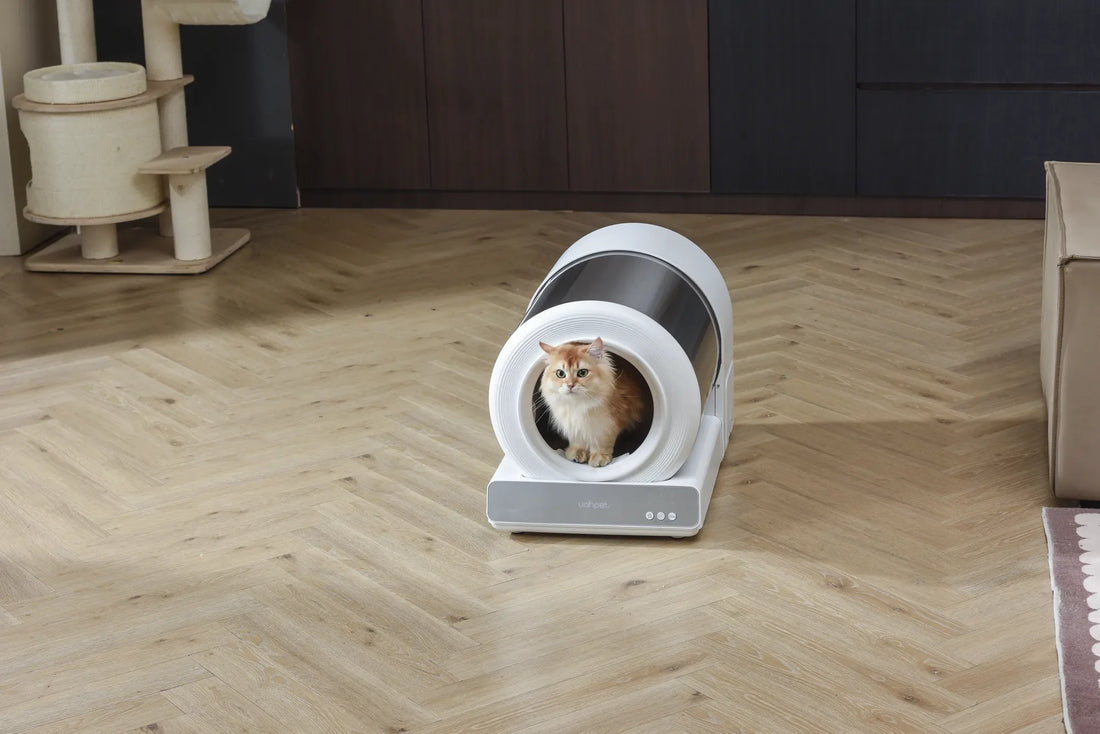Understanding the Challenges of Litter Box Training an Older Cat
Litter box training an older cat can be a daunting task, especially if the cat has never used a litter box before or has developed bad habits. Unlike kittens, older cats may have established routines and preferences that make the training process more challenging. However, with patience, consistency, and the right approach, it is entirely possible to successfully litter box train an older cat.
One of the first steps in this process is to understand why your older cat may be resistant to using a litter box. There could be several reasons, including medical issues, stress, or simply a lack of familiarity with the concept. It's important to rule out any underlying health problems by consulting with a veterinarian before starting the training process.
Choosing the Right Litter Box and Litter
Selecting the appropriate litter box and litter is crucial for successful training. Older cats may have specific needs based on their size, mobility, and preferences. For example, a cat with arthritis may benefit from a litter box with low sides for easy access. Similarly, the type of litter used can make a significant difference. Some cats prefer clumping litter, while others may find non-clumping litter more comfortable.
It's also important to consider the location of the litter box. Place it in a quiet, easily accessible area where your cat feels safe. Avoid high-traffic areas or places near loud appliances, as these can be intimidating for an older cat. If you have a multi-level home, consider placing a litter box on each floor to make it more convenient for your cat.
Introducing the Litter Box to Your Older Cat
Once you've chosen the right litter box and litter, the next step is to introduce it to your cat. Start by placing your cat in the litter box and gently scratching the litter with your fingers to demonstrate its purpose. Be patient and give your cat time to explore the box on their own terms.
If your cat shows resistance, try using positive reinforcement. Offer treats or praise when your cat uses the litter box correctly. You can also try placing a small amount of your cat's waste in the litter box to help them associate it with the appropriate place to eliminate.
Addressing Accidents and Reinforcing Good Behavior
Accidents are bound to happen during the training process, especially with an older cat. When they occur, it's important to clean up the mess thoroughly to remove any lingering odors that might attract your cat back to the same spot. Use an enzymatic cleaner specifically designed for pet accidents to ensure complete odor removal.
Reinforcing good behavior is equally important. Continue to reward your cat with treats or praise when they use the litter box correctly. Consistency is key, so make sure to stick to a regular routine and avoid changing the litter box location or type of litter too frequently.
Dealing with Persistent Issues
If your older cat continues to have accidents despite your best efforts, it may be time to reassess the situation. Consider whether there are any environmental factors contributing to the problem, such as stress or changes in the household. Sometimes, simply providing more litter boxes or experimenting with different types of litter can make a significant difference.
In some cases, persistent litter box issues may be a sign of a more serious underlying problem, such as a urinary tract infection or other medical condition. If you suspect this may be the case, consult with your veterinarian for further evaluation and treatment.
Maintaining a Clean and Comfortable Litter Box
Once your older cat is successfully using the litter box, it's important to maintain a clean and comfortable environment to encourage continued use. Scoop the litter box daily to remove waste and clumps, and replace the litter entirely on a regular basis. A clean litter box is more inviting to your cat and helps prevent the development of bad habits.
Additionally, keep an eye on your cat's behavior and health. Any changes in litter box usage could be a sign of an underlying issue that needs to be addressed. By staying vigilant and proactive, you can ensure that your older cat remains happy and healthy.
Litter box training an older cat may require extra effort, but the rewards are well worth it. With patience, consistency, and the right approach, you can help your feline companion develop good litter box habits, ensuring a cleaner and more harmonious home for both of you.













